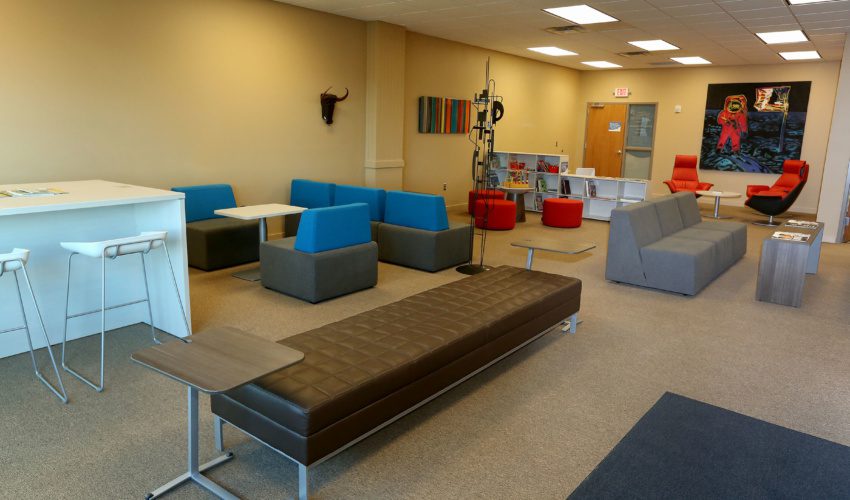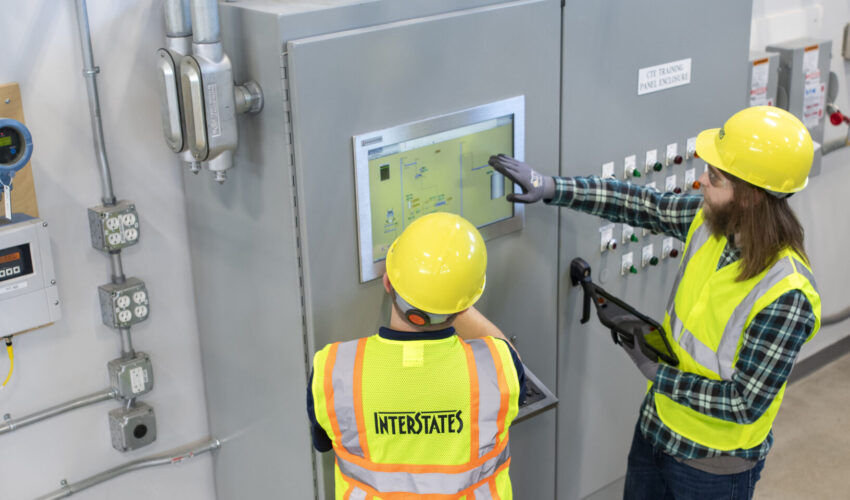Latest stroke treatments lead to better outcomes
May 30, 2022
This paid piece is sponsored by Avera Health.
Stroke is an emergency – like a heart attack hitting the brain. Since it leads to an American death every 3 minutes, Avera has invested in leading-edge approaches to save lives. From equipment to talented clinicians, as revelations in science come to light, Avera incorporates them.
“In just a decade, we’ve seen exponential growth in understanding of stroke and treatment,” said neuro-hospitalist physician Dr. Srinivas Bandi, Avera Medical Group Neurology.
A stroke occurs when a blood clot or bleeding inside the skull impacts the brain. There are two types of stroke:
- Ischemic strokes – a term for a blocked blood vessel.
- Hemorrhagic stroke, where bleeding stops brain cells from getting oxygen and nutrients.
Classic symptoms of stroke include sudden onset of numbness or weakness in the face, arm or leg, especially on one side of the body; confusion; trouble speaking, seeing or walking; loss of balance or coordination; or severe headache.
“The sooner the signs are noticed and emergency care begins, the better,” Bandi said.
Immediate response to stroke still vital
The first step when a possible stroke patient arrives in the emergency department is CT imaging to determine type and location of the stroke. Those crucial images then direct timely treatment.
Some patients are candidates for interventional neuro-endovascular procedures. These involve highly advanced devices, paired with imaging. Using these intricate tools, trained doctors can use minimally invasive approaches to treat neurovascular conditions, including stroke.
Neuro-endovascular surgery is among medicine’s newer subspecialties. Sophisticated, delicate work, the clinicians who offer it dedicate years of study to its technique after they finish traditional training in radiology, neurosurgery and neurology.
“Without proper oxygenated blood supply, parts of the brain can die fairly quickly,” said Dr. Alex Linn, neuro-endovascular surgeon with the Avera Brain & Spine Institute. “Neuro-endovascular surgery can address those most critical medical emergencies. Some were untreatable in the past.”
Linn and his colleagues guide miniature equipment with microcatheters and wires. They make quarter-inch incisions in the wrist or groin, and then navigate the patient’s blood vessels until they reach the site of the stroke. With advanced imaging, along with tools and devices just millimeters in size, neuro-endovascular surgeons then can open critically occluded blood vessels and repair vessel abnormalities.
Neuro-endovascular surgeons also conduct surgical clot retrieval in ongoing stroke care to avoid recurrence and help the brain recover.
Another emergency approach is the use of tissue plasminogen activators, tPA, also known as “clot-buster” drug treatment. If appropriate, patients receive an infusion with enzymes that can break blood clots and allow blood flow. “In the past, only a fraction of patients received it,” Bandi said. “Now, it can be used in more patients.”
There are new medications soon arriving. One drug is Tenecteplase, which clinicians are using with patients in trial applications. When FDA-approved, Bandi said the drug should make clot-busting approaches easier and more efficient.
After the ER, stroke recovery continues
Stroke patients begin their healing journey in critical care or in specialized neuro units. Many patients also take part in inpatient rehabilitation, where a wide range of methods can help ensure a return of memory, balance and mobility.
“Patients in stroke rehab often have to relearn everything, from getting dressed to getting in and out of a car. They have had their whole lives turned around,” said Dr. Thomas Ripperda, Avera Medical Group Physical Medicine and Rehabilitation specialist. “Having resources to offer this relearning is vital in thorough recovery.”
Avera has a state-of-the-art rehab unit at the Prairie Center. It has a restaurant booth, curb ramp and a tub room, so patients have safe spaces to retrain mind and body. Specifically equipped settings like these help patients recover fully and return to work.
The unit includes a therapy gym with advanced equipment, such as functional electrical stimulation, lower and upper extremity bikes and a specialized safety harness system.
Stopping stroke before it happens
COVID-19 added another threat related to stroke. Current information shows COVID-19 is known to increase the risk of stroke by three to six times in the first week of the infection.
“The risk remains high in the first month and threatens many age groups, including those 50 and younger,” Bandi said.
Bandi also said one inexpensive piece of medical equipment could help stop strokes before they happen.
“Every family should have a blood-pressure cuff at home, and use it,” he said. “Knowing your blood pressure – and taking steps to lower it – can save lives.”
You can help prevent strokes by not smoking, exercising more and eating a healthy diet. “We’ve improved what we can do to help, but it’s better to stop strokes beforehand,” Bandi said.
Learn more about Avera’s stroke treatment.








